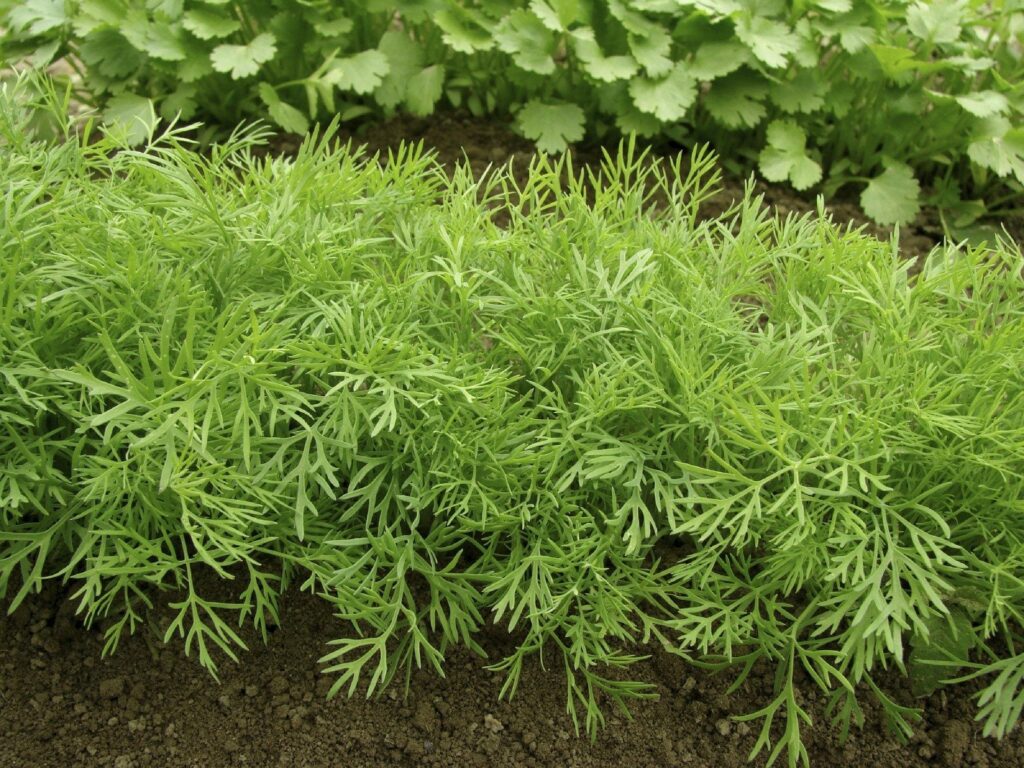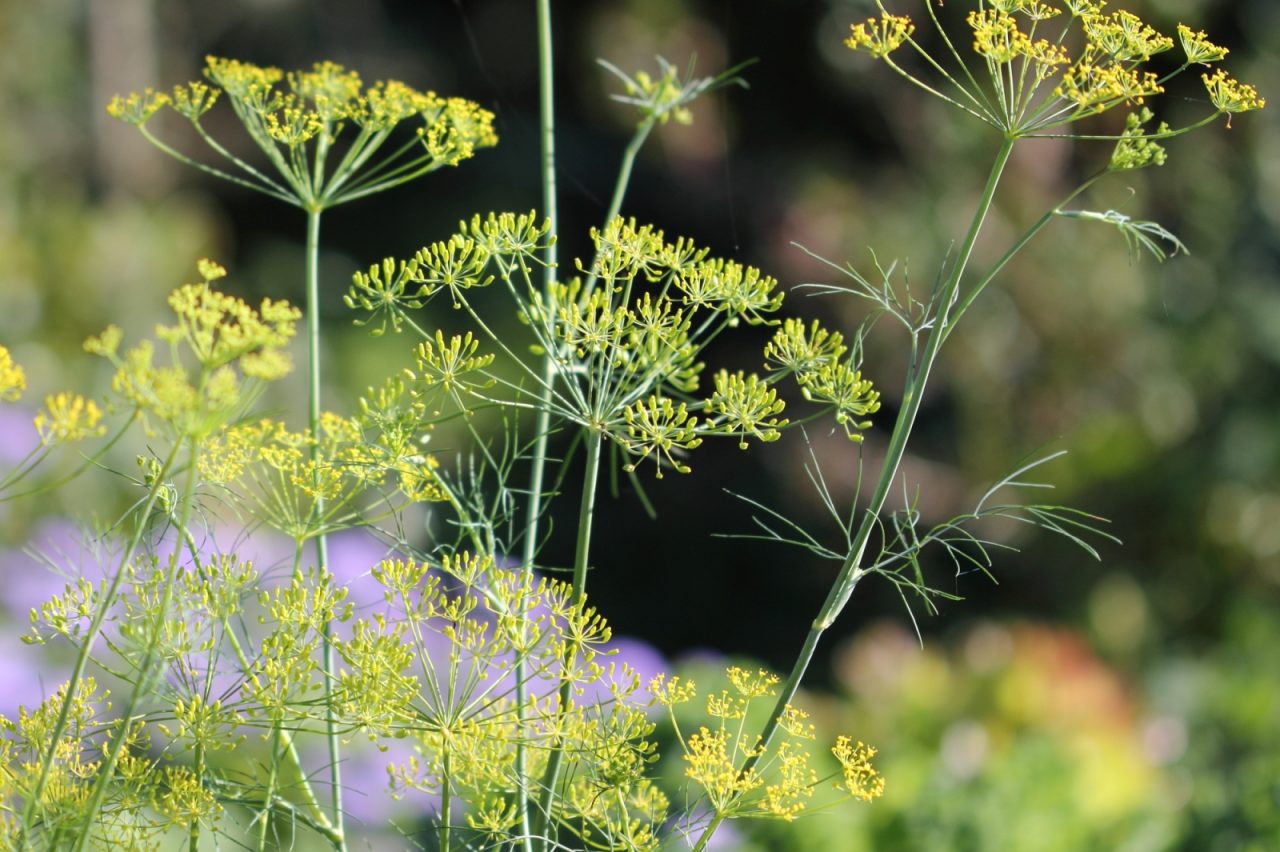Dill (Anethum graveolens) is a well-known culinary herb, but its value extends far beyond the kitchen. In North American gardens, dill serves as both a delightful addition to vegetable gardens and a vital component of butterfly gardens. Here’s an exploration of the multifaceted benefits of dill in these two garden types.
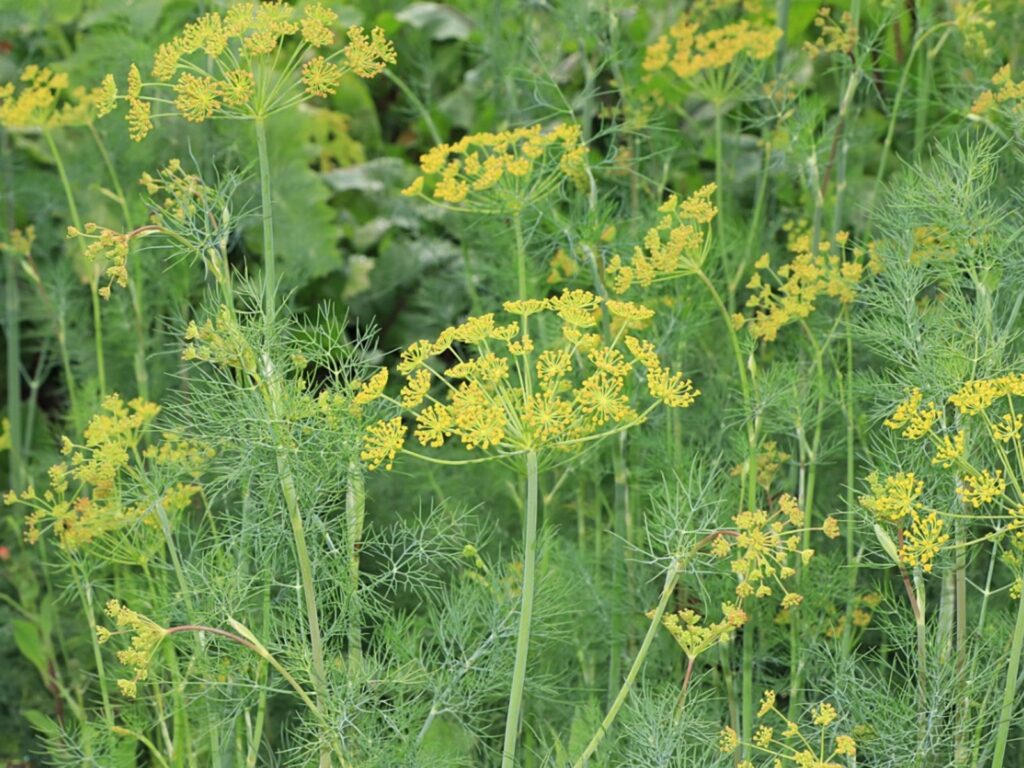
Nativity
Dill (Anethum graveolens) is not native to the continental United States. It is originally from the Eastern Mediterranean region and Southwest Asia. However, Dill has been cultivated and naturalized in many parts of the world, including North America.
In the United States, Dill is commonly grown as a culinary herb in gardens and can also be found growing wild in some areas. While it may be present in all continental U.S. states due to cultivation, it is not considered a native plant to the region.
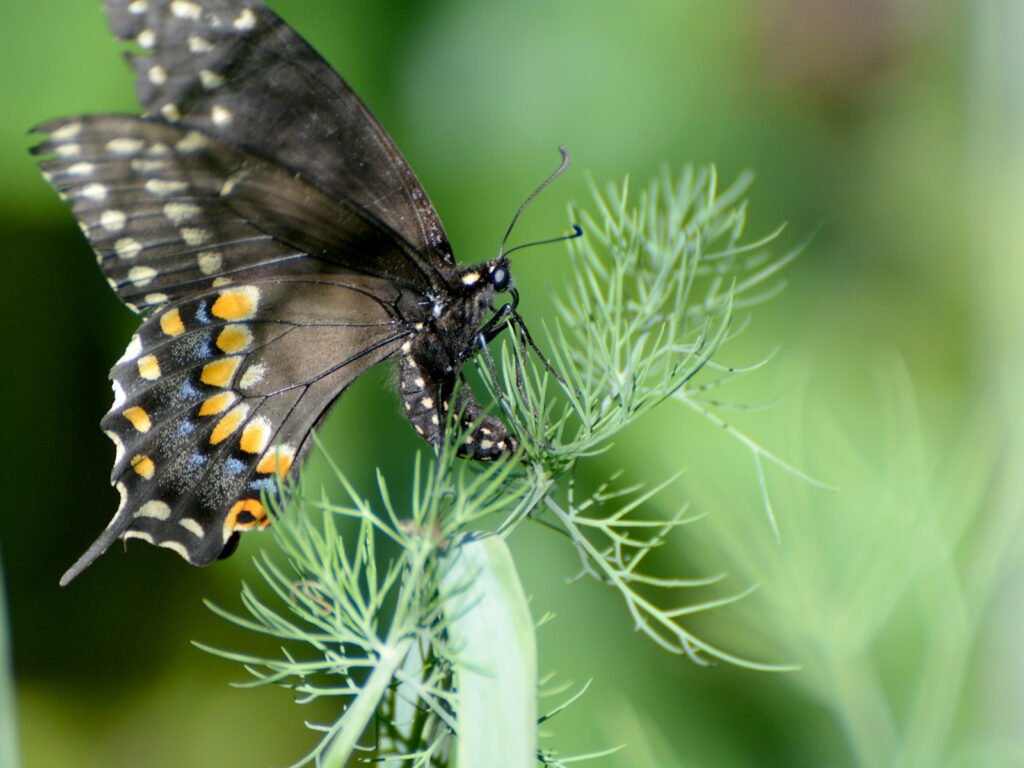
500 Bouquet Dill Seeds for North America – Black Swallowtail
With more than one full gram in every pack, you’ll receive an astonishing number of seeds (well over 500) – enough to transform your garden into a dill paradise. Attracts Black Swallowtails. For all North America.
Dill in Butterfly Gardens
1. Attracting Beneficial Insects:
Butterflies: Dill’s delicate yellow flowers are a favorite nectar source for various butterfly species.
Caterpillars: Dill is a host plant for the Black Swallowtail butterfly caterpillars, providing essential nourishment as they grow.
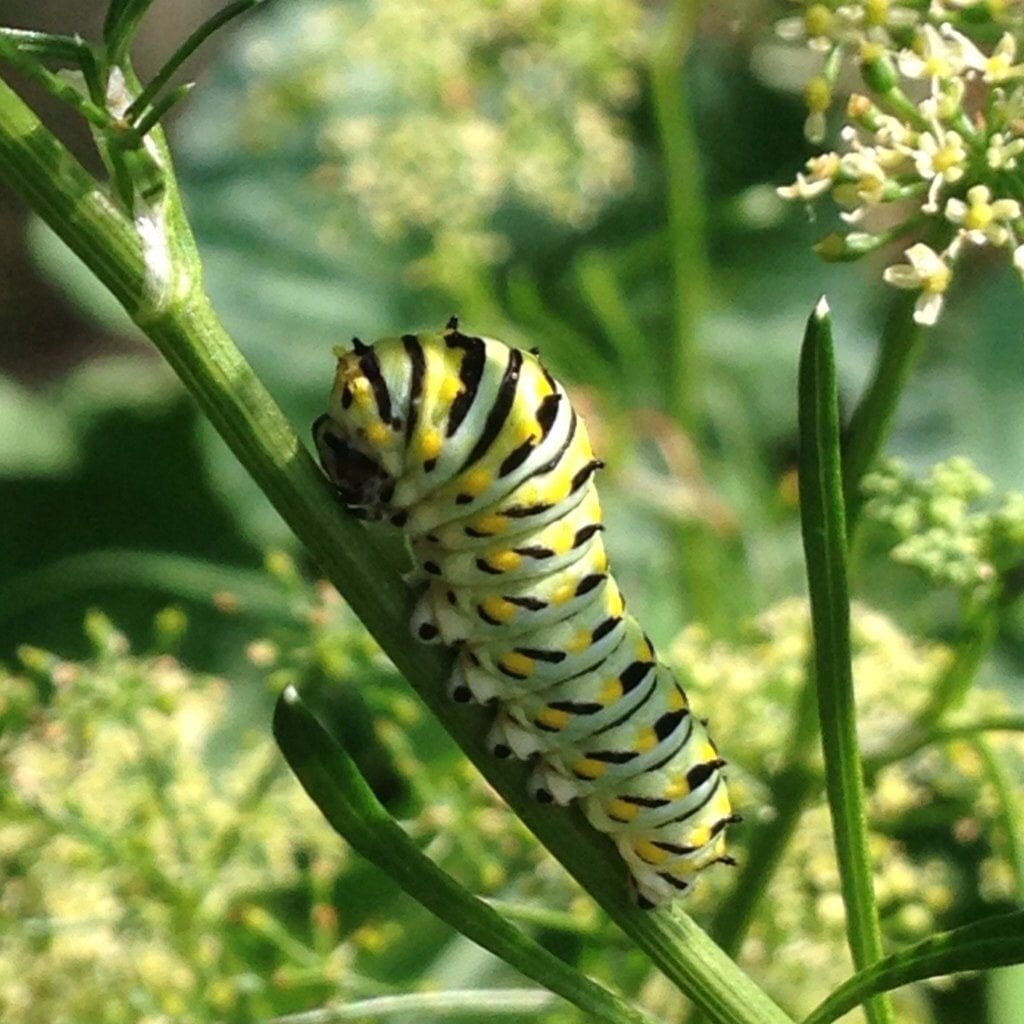
2. Aesthetic Appeal
Visual Interest: Dill’s feathery foliage and bright flowers add texture and color to a butterfly garden.
3. Companion Planting
Beneficial Neighbors: Planting dill near other flowering plants can enhance the overall attractiveness of the garden to pollinators.
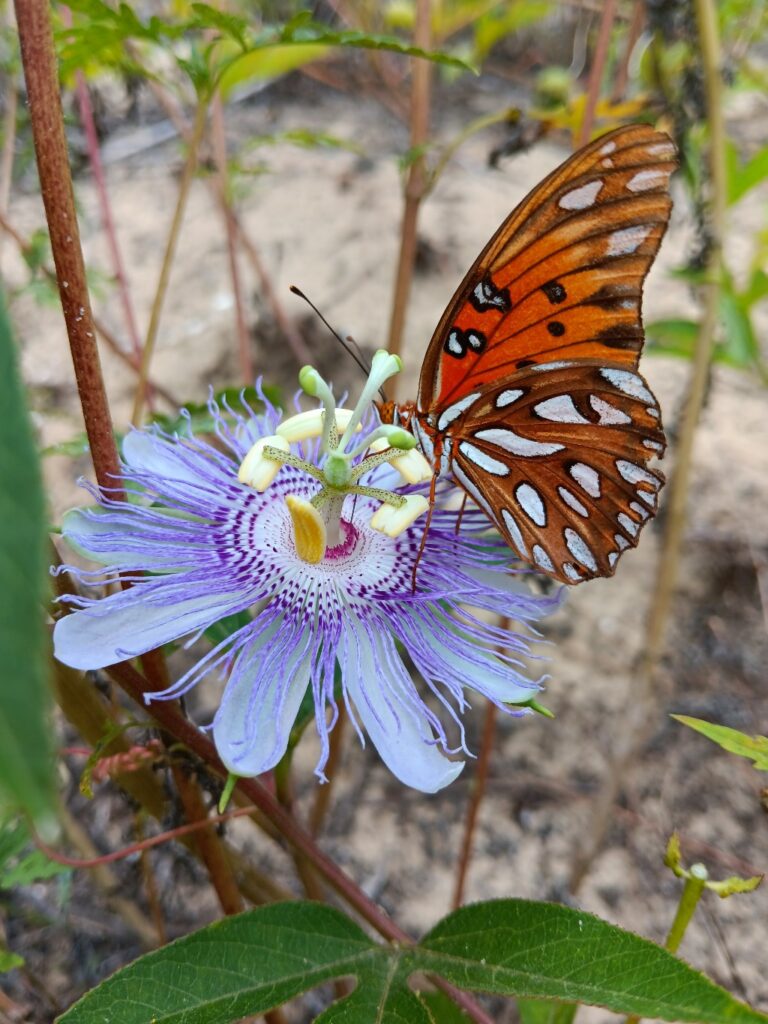
10 Florida-Native Maypop Purple Passionvine Seeds (Passiflora Incarnata)
Maypop Purple Passionvine Passiflora Incarnata seeds. Florida Native. 10 or more seeds.
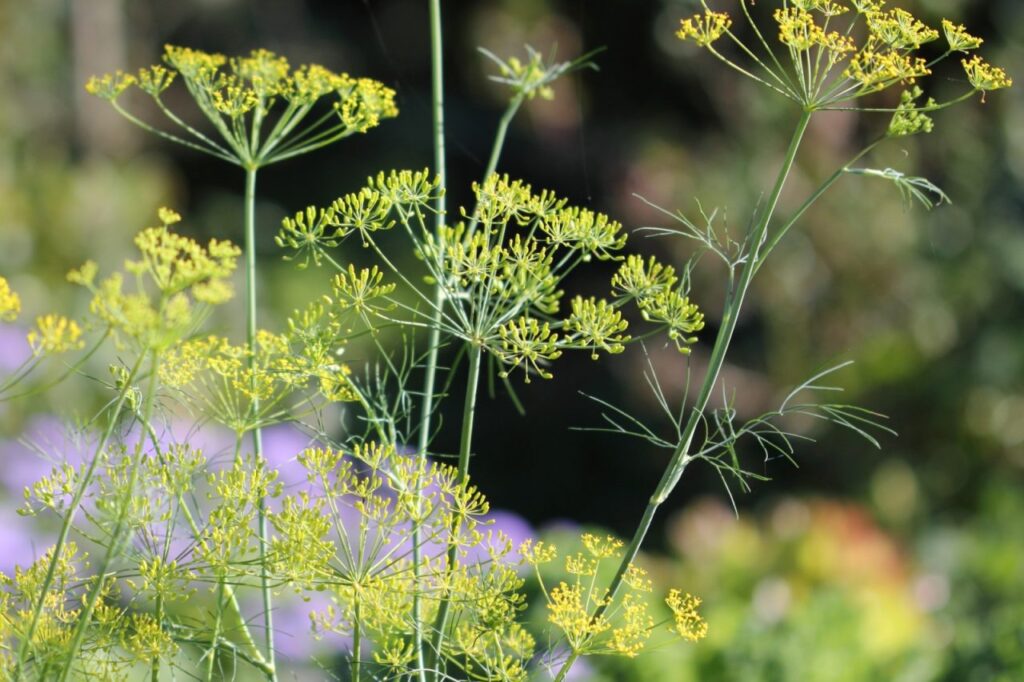
Dill in Vegetable Gardens
1. Culinary Uses
Flavorful Herb: Dill’s leaves and seeds are used to season various dishes, including pickles, salads, and fish.
2. Companion Planting
- Pest Control: Dill can help repel aphids and spider mites, protecting nearby vegetables.
- Enhanced Growth: Planting dill near crops like cabbage and onions can improve their growth and flavor.
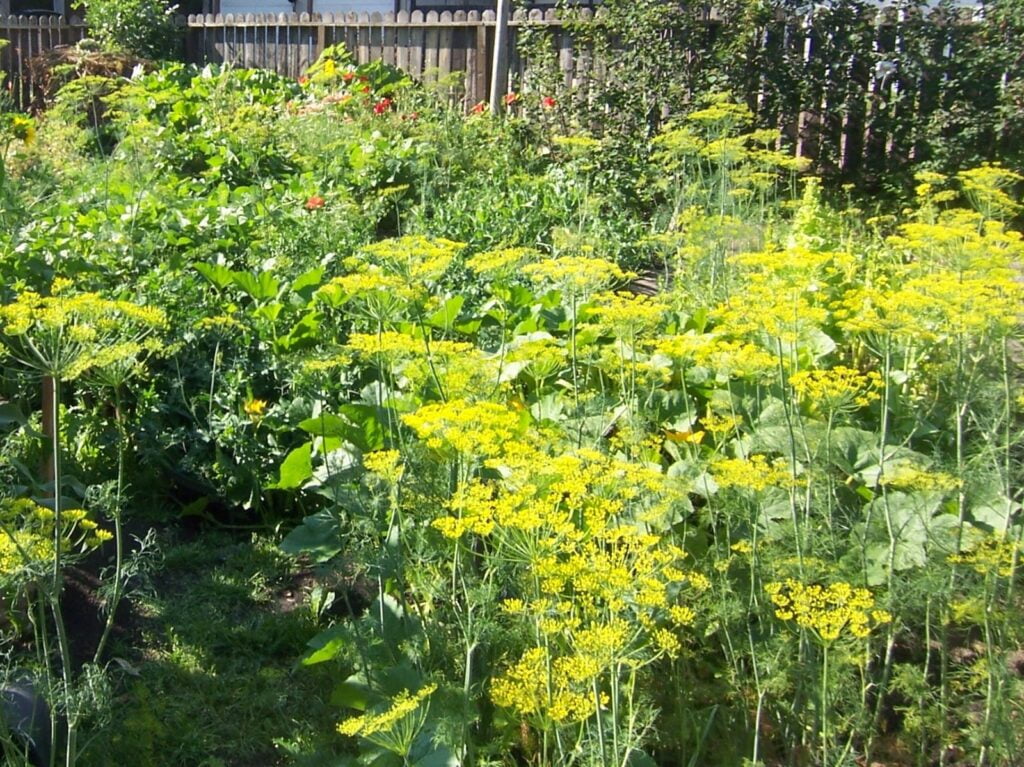
3. Soil Health
Nutrient Addition: Dill contributes essential nutrients to the soil, benefiting surrounding plants.
4. Attracting Beneficial Insects:
- Pollinators: Dill attracts bees and other pollinators, aiding in the pollination of flowering vegetable plants.
- Predatory Insects: By attracting ladybugs and other predatory insects, dill helps control pest populations in the vegetable garden.

500 Bouquet Dill Seeds for North America – Black Swallowtail
With more than one full gram in every pack, you’ll receive an astonishing number of seeds (well over 500) – enough to transform your garden into a dill paradise. Attracts Black Swallowtails. For all North America.
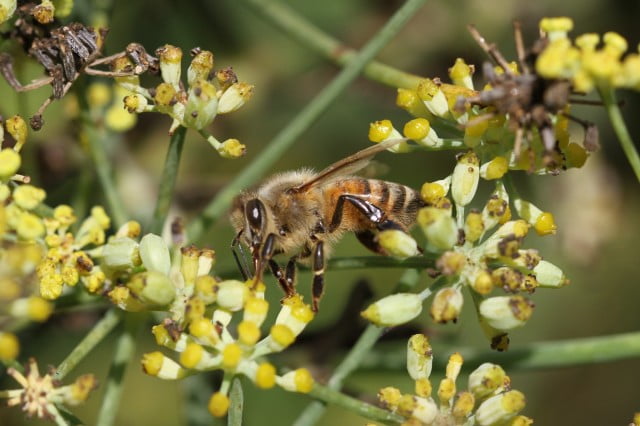
Conclusion: A Dual-Purpose Herb
Dill is a versatile and valuable addition to both butterfly and vegetable gardens in North America. Its ability to attract and nurture butterflies, particularly the Black Swallowtail, makes it a central part of any butterfly garden. Simultaneously, its culinary uses, pest-repelling properties, and role in soil enrichment contribute to a thriving vegetable garden.
Gardeners looking to enhance the ecological diversity, aesthetic appeal, and productivity of their gardens would do well to include dill in their planting plans. Whether providing sustenance for graceful butterflies or flavoring a summer meal, dill stands as a testament to the interconnectedness of nature and the joys of gardening. Planting dill is a symbiotic gesture that benefits people as much as butterflies… one day at a time!
